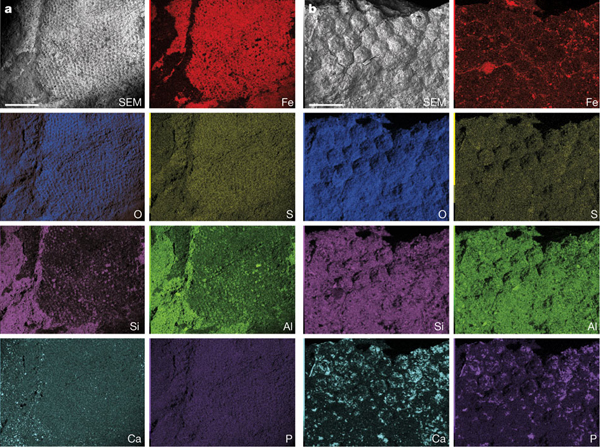Because knowing where we have come from with respect to the evolution of vision is so important, this paper by John R. Paterson, Diego C. García-Bellido, Michael S. Y. Lee, Glenn A. Brock, James B. Jago and Gregory D. Edgecombe gets our nod for a notable paper. It does not hurt that I have a fascination with the evolution of vision as well. Its just unfortunate that our obsession, the retina is not preserved in the fossil record. That said, there have been some spectacularly well preserved eyes seen in trilobytes for instance and many of the neural foramen for optic pathways, nerves and radiations are well preserved in dinosaur bones, but this paper actually details some of the intricate structure of the optical design of Cambrian arthropods. The Anomalocaris was an apex predator of its time with a body approximately a meter long. The fossils detailed in this paper from the Australian Cambrian (~515 million years ago) Emu Bay Shale demonstrate internal structure of their compound eyes down to each one of the approximate 16,000 individual lenses that made up one of the eyes.
These fossils allowed the discrimination of phylogenetic trees and demonstrates that the Anomalocarids branched off earlier than the branch for modern arthropods and suggests that the modern eye design of many arthropods is actually an earlier form than was previously thought.
Thanks to my friend Jeb Adams for sending the link.
